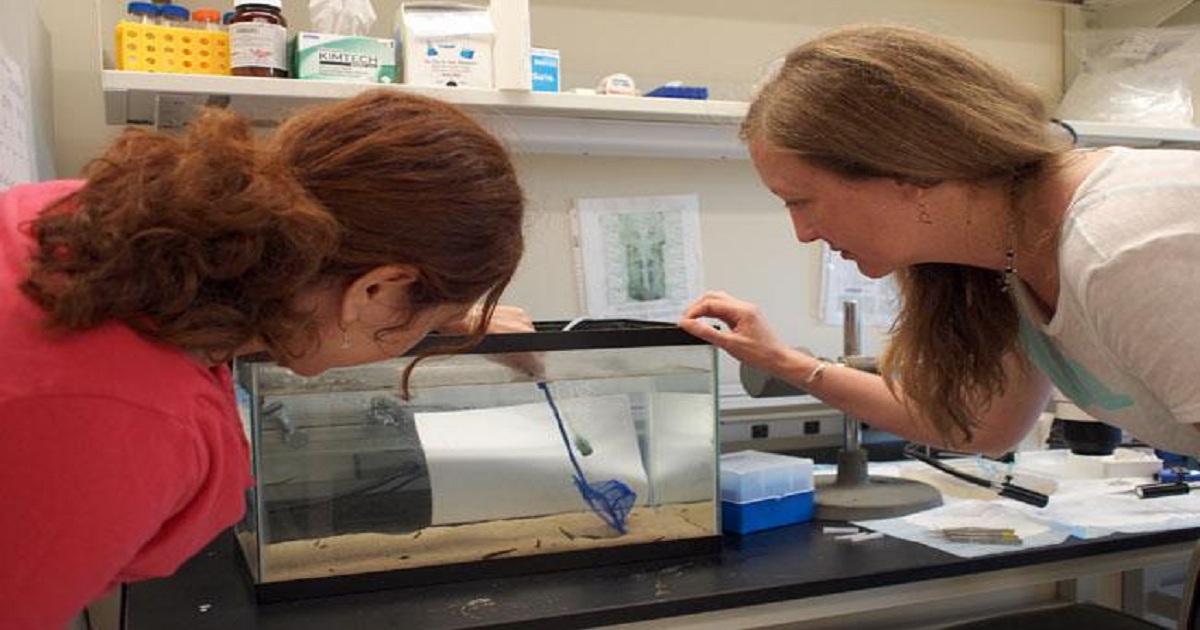Lamprey Genes That Repair Severed Spinal Cords Are Shared with Humans
genengnews | January 15, 2018

Scientists in the U.S. have found that many of the genes that are involved in repairing spinal cord damage in an ancient species of fish are also active in the peripheral nervous system of mammals. The findings hint that it may one day be possible to harness the same genes to help repair nerve damage in humans. The researchers, led by scientists at the Marine Biological Laboratory (MBL) of the Eugene Bell Center for Regenerative Biology and Tissue Engineering, and the Feinstein Institute for Medical Research, used RNA-Seq to track changes in the transcriptional profiles of lamprey fish spinal cords and brains following spinal cord injury (SCI). "We found a large overlap with the hub of transcription factors that are driving regeneration in the mammalian peripheral nervous system," says Jennifer Morgan, Ph.D., director of the MBL's Eugene Bell Center for Regenerative Biology and Tissue Engineering. Morgan is co-author of the researchers' study, published today in Scientific Reports, and entitled “Highly Conserved Molecular Pathways, Including Wnt Signaling, Promote Functional Recovery from Spinal Cord Injury in Lampreys.”